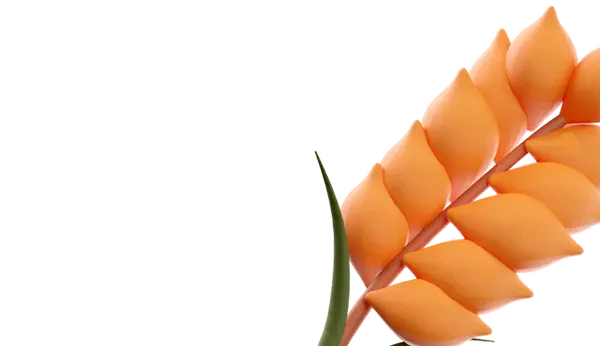The AgroXXI.ru portal has reviewed the material by Robert Arnason published in the online agronomic publication The Western Producer regarding the development of a new microbial inoculant for canola:
In a small laboratory at the University of Winnipeg run by Paul Holloway, special myxobacteria from soils in Mississippi, also known as "wolf pack bacteria," can be found.
These predators attack other bacteria, and possibly fungi. Gathering together, they form an aggressive swarm and eradicate bacteria and fungi. Myxobacteria make up about one to two percent of the soil composition, Holloway reported.
Holloway, who previously had limited knowledge about myxobacteria, became interested in them after one of his students wrote an article about these predatory microorganisms.
This article was an epiphany for the scientist, and he pondered whether myxobacteria could be used to combat pathogens causing diseases in Canadian crops, including canola.
This idea generated a research project funded by the Canola Council of Canada. Holloway is studying myxobacteria to determine if they are capable of destroying the fungus that causes blackleg in canola. This serious stem disease could pose a threat to crop yields.
Natural myxobacteria living in the soil of agricultural lands can be stimulated to fight pathogens, including fungi, as asserted by the Canola Council of Canada on its website.
Although the idea sounds simple, Holloway's research is far from commercialization. His project is still at the conceptual stage.
In laboratory conditions, Holloway demonstrates how myxobacteria can destroy blackleg fungus in Petri dishes.
The research includes detecting myxobacteria in Manitoba soil. Myxobacteria form fruiting bodies that look like small clumps of red or orange. However, identifying these clumps and confirming that they are indeed myxobacteria is quite challenging.
Holloway faced difficulties in isolating local strains of myxobacteria, so he reached out to a researcher from the University of Mississippi, who found several strains of specific types of myxobacteria. Samples of these bacteria were sent to Holloway in Winnipeg.
Over the past few years, Holloway has learned that research on the ability of myxobacteria to destroy fungi and bacteria in the soil is quite limited and mainly takes place in China.
"Outside China, there are few researchers working with myxobacteria. Most materials comparing myxobacteria with pathogens associated with various crops come from China. However, medical researchers are interested in myxobacteria. In recent decades, scientists and companies have sought to commercialize new antibiotics. Perhaps the solution lies in creating bacteria that destroy other bacteria. There have been no new antibiotics for almost ten years. The 'golden age of antibiotics' was in the 1950s and 1960s. Almost all available antibiotics were created in the '50s," said Holloway.
Some medical researchers believe that myxobacteria could be used to address various human health problems, including fighting cancer.
"Currently, myxobacteria are being studied as a source of new antibiotics. Their ability to produce antibacterial, antifungal, anticancer, antimalarial, immunomodulatory, cytotoxic, and antioxidant compounds are functionally evaluated," said a group of Indian scientists in an article published in the journal Pharmaceutics.
If Holloway can prove that myxobacteria indeed destroy blackleg fungus in the laboratory, the next step will be trials in greenhouses. If these experiments are successful, Holloway will test myxobacteria in field conditions.
Such research will take many years, but the idea of using myxobacteria to combat pathogens threatening agricultural crops is appealing.
"Applying a commercial product based on myxobacteria in agricultural soils could become another tool in the strategy to combat blackleg," noted the Canola Council of Canada, which is funding the research.
However, obtaining approval from Health Canada and other regulatory bodies to use a product with myxobacteria could pose a significant obstacle. In any case, if myxobacteria are to be used in medicine, the path to their commercialization in agriculture may be more straightforward and achievable.
Source: www.producer.com. Author: Robert Arnason.
Photograph: Anna Medvedeva, AgroXXI.ru.















